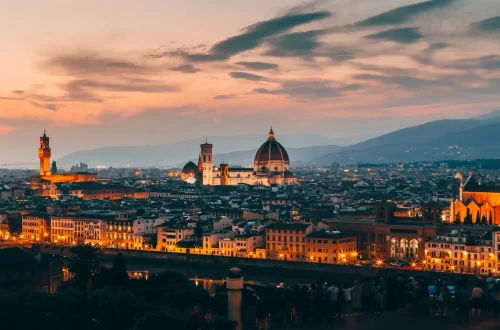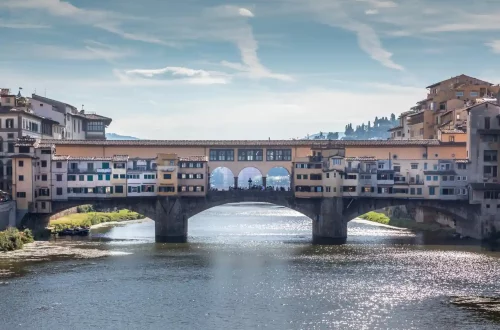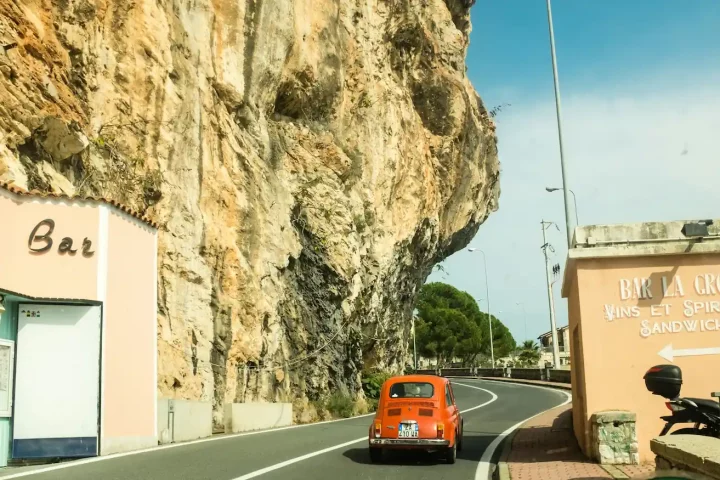Culture is more than language, food, or fashion—it’s a way of life, a lens through which people interpret the world and define themselves. For Italian-Americans, navigating the space between Italian heritage and American identity often brings both pride and tension.
While they celebrate traditions passed down through generations, they also face skepticism from native Italians and criticism from American nationalists.
This text explores the nuanced differences between Italian and American cultures, from identity and customs to food and fashion, offering insights into how these distinctions shape everyday life and personal belonging.
Identity and Belonging
Italian-Americans often find themselves caught between two cultural expectations. On one hand, native Italians may reject their claim to Italian identity, arguing that without fluency in the language or deep knowledge of Italy’s history and customs, they are not “truly” Italian.
On the other hand, American ultra-patriots may view any hyphenated identity—such as “Italian-American”—as unpatriotic or divisive. This tension reveals the complexity of cultural belonging in a globalized world, where heritage and nationality often intersect in layered ways.
For instance, in the U.S.A., saying “I’m Italian” typically means “I’m of Italian descent,” not that one was born or raised in Italy. Even when clarified, this distinction is often challenged. Italians may question the authenticity of such claims, while Americans may dismiss them as unnecessary or even un-American.
This linguistic shortcut reflects a broader American tendency to simplify identity, even when it carries deep personal and cultural significance.
Take advantage of specialized assistance to secure your passport for a borderless future.
Criticism from Native Italians and American Nationalists
Native Italians often critique Italian-Americans for lacking cultural depth. Many Italian-Americans do not speak Italian fluently, are unfamiliar with Italy’s regional histories, and practice customs that have evolved separately from those in Italy.
Back to the other side of the Atlantic Ocean, in the U.S., some nationalists argue that embracing any identity other than “American” undermines national unity. Hyphenated identities are seen as divisive, and cultural pride is sometimes met with hostility.
Defining Italian-American identity
Italian-American identity is a hybrid—neither fully Italian nor fully American, but something distinct. It is shaped by the immigrant experience, by adaptation to a new land, and by the preservation of heritage through food, faith, and family.
Italian-American vs Italian: traditions and culture
Italian-American culture blends Italian and American elements in unique ways. Celebrations like the Feast of Seven Fishes on Christmas Eve, St. Joseph’s Day altars, and “macaroni days” are examples of traditions that have evolved in the U.S.
These customs may not exist in Italy, but they reflect the creativity and communal spirit of Italian-American communities. They deserve recognition as part of the broader tapestry of American culture.
Nevertheless, Italy itself is far from culturally monolithic. Regionalism, known as campanilismo, is a defining feature of Italian identity. From dialects to cuisine, customs vary dramatically between regions.
Northern Italians may speak differently and eat differently than those in the South. This internal diversity challenges the notion of a singular “Italian” identity and suggests that Italian-American culture, too, should be embraced as part of Italy’s extended cultural family.
Italian-American vs Italian: fashion and social norms
Fashion is an area where Italian and American cultures diverge. Italians tend to dress more formally, even for casual outings. Activewear and shorts are generally reserved for the gym.
In contrast, Americans often prioritize comfort over style. Adapting to Italy’s polished wardrobe can be a fun and enriching experience, encouraging mindfulness in how one presents oneself.
Italian-American vs Italian: cuisine
Breakfast in Italy is typically light and sweet—pastries paired with cappuccino or espresso. Locals often drink their coffee standing at the bar, making it a quick ritual rather than a sit-down meal. American breakfasts, with eggs, bacon, and pancakes, are rare in Italy and often seen as excessive.
Dinner in Italy starts late, usually after 8:00 pm, and is a slow, social affair. Restaurants open around 7:30 pm, and meals can last several hours. This contrasts with the faster-paced American dining experience, where efficiency often trumps leisure. In Italy, meals are moments to connect, converse, and savor—not just to eat.
Italian cuisine is structured around multiple courses—antipasto, primo, secondo, contorno, and dolce. Italian-American dishes like vodka pasta or chicken Alfredo are rarely found in Italy. While delicious, they reflect a different culinary evolution.
Exploring local restaurants recommended by Italians offers a more authentic taste of regional flavors and traditions.
Italian-American vs Italian: lifestyle and pace
Italians embrace a slower, more relaxed lifestyle. Walking is leisurely, and punctuality often requires leaving early. This pace encourages mindfulness and appreciation of daily moments. In contrast, American life tends to be more hurried and goal-oriented. Adapting to Italy’s rhythm can be a refreshing change.
Take advantage of specialized assistance to secure your passport for a borderless future.
Embracing cultural differences
Embracing Italian customs—whether through fashion, food, or daily habits—can enrich one’s experience abroad. Learning the local way of life fosters deeper cultural appreciation and connection. It’s not about abandoning one’s identity, but expanding it through understanding and respect.
The differences between Italian and American cultures are profound, yet they offer opportunities for growth, connection, and celebration. Italian-American identity, often caught between two worlds, is a testament to the resilience and creativity of immigrant communities.
By exploring these cultural contrasts—from dining habits to fashion, from identity politics to gelato—we gain a richer understanding of what it means to belong. In the end, culture is not a fixed label but a living, evolving experience—one that invites us to learn, adapt, and embrace the beauty of diversity.






